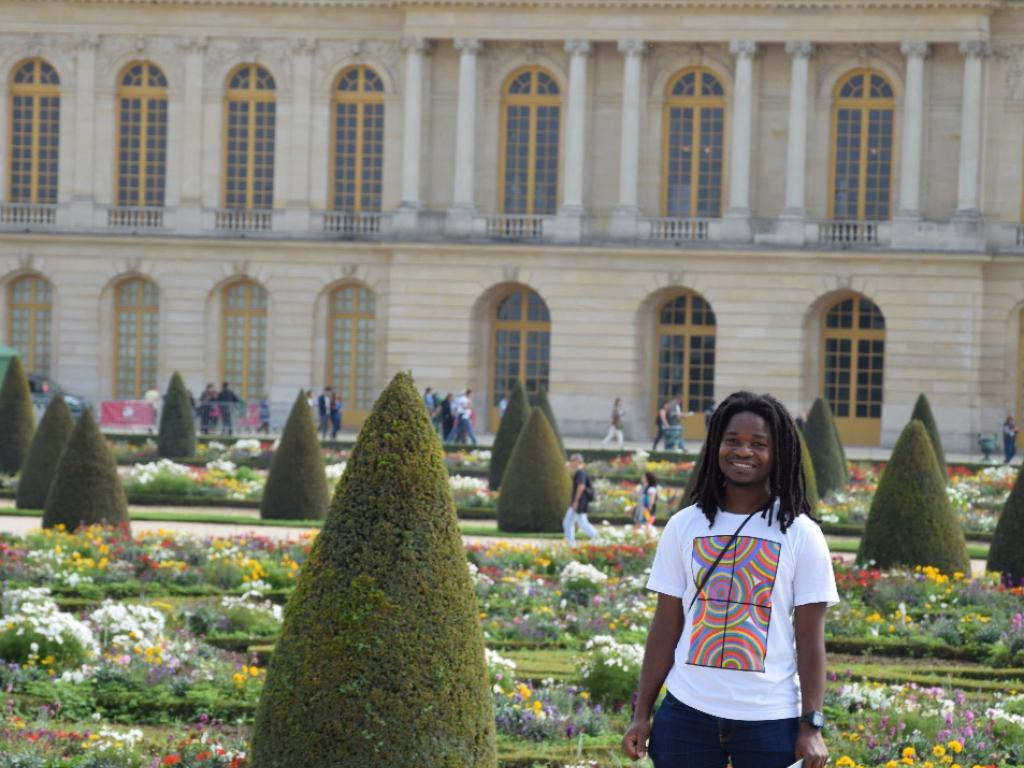Science of the burning bush: reflections from the CNRS-PAGES Global Palaeofire Working Group workshop 25-29 Sept 2016

Can plants that died thousands of years ago rise from the ashes like the legendary phoenix? Possibly, but only if they left behind charcoal which can be used by scientists to reconstruct the plant group, prevailing climate, utility of the plant(s) to other organisms, and local environment occupied by the plant(s). The recent Global Palaeofire Working Group (GPWG) “Fire baselines by biomes” workshop in Beguey (France) from 25-29 September sponsored by the Centre National de la Recherche Scientifique (CNRS) and Past Global Changes (PAGES) sought to review existing gaps in knowledge and data that currently limit our understanding of climate-vegetation-fire interactions in the earth’s history.
Fire is considered an important component in the functioning of some of the earth's ecosystems, particularly in the tropics where people, animals and plants depend on it. For example, grasslands require some level of fire to maintain grass productivity for livestock/ wildlife; enhancing nitrogen cycling; disease/ alien species control. However, these benefits must be balanced against costs of increased greenhouse gas emissions into the atmosphere which can alter the global climate.
Biomass burning in the tropics, which is important for sustaining the livelihoods of millions of people in the tropics, contributes a significant amount of greenhouses gases whose management is critical. It is therefore crucial that policy decisions regarding the management of carbon emission should be based on reliable historical baselines of fire so that the people and ecosystems in fire-dependent environments can adopt mitigation and adaptation options that will not compromise their future sustainability.
The exchange of ideas exploring palaeofire in earth ecosystems ranged from presentations, discussion groups and plenary sessions. Participants at the workshop ranged from data analysts, mathematical modelers, biologists, ecologists, palaeoecologists and policy makers. The discussion groups were the most interesting section of the workshop because of the deep engagement that arose regarding problems whose solutions would advance our understanding of fires from the past but also how this can be applied to the present. I participated in the following groups: baselines by biomes, expert assessment, fire traits in vegetation, and methods calibration and Southern Africa.
I was chosen to lead the Southern Africa group. Compared to other regions around the world, there are many gaps in data and knowledge obtained from long term environmental records in Africa. The groups will continue to function so as to improve cooperation and capacity building in focal areas. This is a great opportunity for improving science and our understanding of the vegetation history of our region.
Work during the day was followed by lively after-dinner follow-up at the Chateau de la Tour located in the quiet winelands village outside Bordeaux. This was time for socializing, networking and also playing games with peers. It was a good experience which I managed to sandwich between my mini tour or Europe.
So it was not “all work”, I managed to make time to explore some of the major cities in France and Germany which included Berlin, Munich, and Paris. Thankfully, the fast trains (sometimes late) made wheezing through the countries an enjoyable affair, and as usual, reuniting with friends and mingling with the locals is always a delightful affair. I had time to reflect on my role as a scientist which demands a healthy cocktail of passion, curiosity, skepticism, creativity, patience, engagement and problem-solving which are incidentally essential for exploring new places where language can be a barrier. I wish to thank PAGES and CNRS for providing the funds that enabled me to participate and also my supervisor, A/Prof Lindsey Gillson, for allowing me to travel and share experiences from the interesting work on climate and human influences on ecosystem processes in KwaZulu-Natal landscapes in the last millennium.
~ Article written by, and images supplied by, Abraham Dabengwa

Abraham Dabengwa at the Versailles Palace gardens accidentally blending in with the flowers.

Dr Tim BrÏcher sharing some insights from his work on modelling past global climate-vegetation-fire interactions.

Learning about the famed Bordeaux “seepages” before wine tasting at the Chateau de la Tour.
